

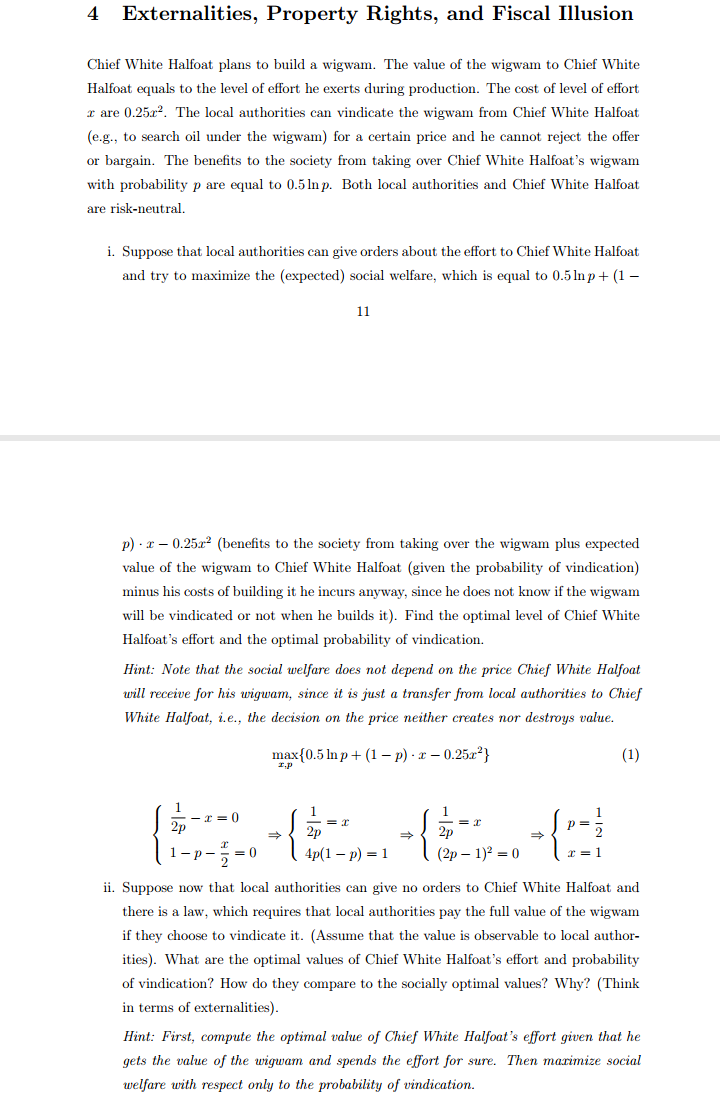
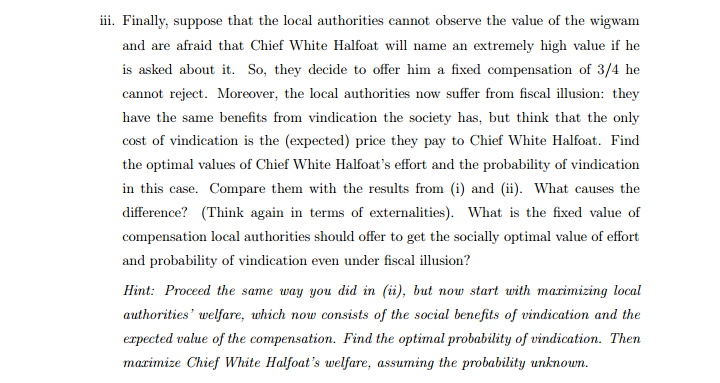
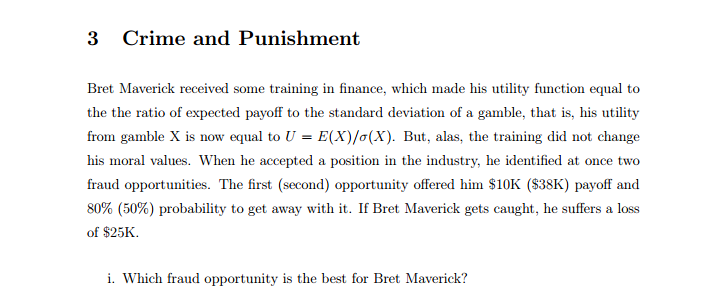
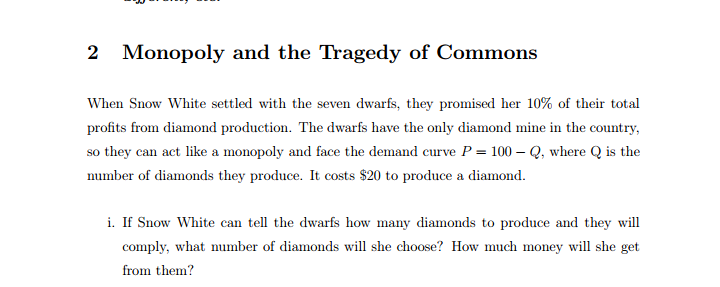

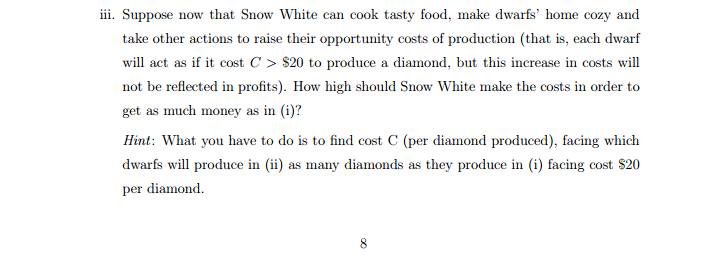
Step by step solutions will be of great help
SP10.3 Transfer pricing Due to the expansion of business in Gogoland in recent years, SR Products has set up a marketing division there responsible for selling a new product. The head office and manufacturing plant remain in the United States. The company has estimated that the total cost of manufacturing in the USA and the cost of transportation of the product is given by the function: C= Q2 +20Q +40 (10.15) where C = total cost per week in $ and Q= units sold. This cost appears in the accounts of the manufacturing division. The total cost for the marketing division in Gogoland is given by: C=Q~+140Q + 200 (10.16) This includes the $100 per unit which is the transfer price paid by the marketing division to the manufacturing division. This total cost appears in the accounts of the marketing division. The revenue function for the marketing division is estimated as: R = 500Q - 802 (10.17) where R = total revenue per week in $. a. Calculate the optimal policy for the company as a whole, showing the price, output and overall profits of the firm. b. Calculate the optimal policies for the marketing division and the manufacturing divisions, assuming a transfer price of $100, showing the overall profit of the firm in each case. c. Calculate the optimal transfer price in order to make the optimal policies for both divisions the same as that for the company as a whole. d. What does the above situation imply regarding managerial strategy? As with all pricing problems discussed so far, the problem can be analysed either graphically or algebraically. In this case an algebraic approach will be used.11.2.2 Measurement of cash flows Again there are a number of factors that have to be taken into consideration here. One, taxes, has just been mentioned, and some of the others have been discussed in Chapter 6, in the context of the relevant costs for decision-making. These factors are best explained in terms of a practical example, so a solved problem is now presented for this purpose, and this is further developed in later sections. SP11.1 Cash flow estimation Maxsport produces nutritional supplements for athletes and sports participants. They have developed a new bottled soft drink called Slimfuel, which claims both to provide nutrition and energy and to act as an aid to losing bodyfat. The marketing department has estimated sales to be 30 million bottles a year at a price of 62 per bottle. Research and development costs have already amounted to 6500,000. The new product can be produced from the existing plants, but new machinery is required costing $4 million in each of five plants in the year 2002. Production and sales would begin in 2003. Advertising and promotion costs in the first year are estimated at 30 per cent of sales revenues, going down to 20 per cent 436 STRATEGY ANALYSIS in later years, with the product having a life of four years. Variable production costs are estimated at 40 per cent of sales revenues, with fixed overhead costs being 65 million per year, excluding depreciation. Estimate the cash flows from the operation in order to evaluate the investment project, stating any necessary assumptions.4 Externalities, Property Rights, and Fiscal Illusion Chief White Halfoat plans to build a wigwam. The value of the wigwam to Chief White Halfoat equals to the level of effort he exerts during production. The cost of level of effort r are 0.25x2. The local authorities can vindicate the wigwam from Chief White Halfoat (e.g., to search oil under the wigwam) for a certain price and he cannot reject the offer or bargain. The benefits to the society from taking over Chief White Halfoat's wigwam with probability p are equal to 0.5 Inp. Both local authorities and Chief White Halfoat are risk-neutral. i. Suppose that local authorities can give orders about the effort to Chief White Halfoat and try to maximize the (expected) social welfare, which is equal to 0.5lap + (1 - 11 p) . x - 0.25:2 (benefits to the society from taking over the wigwam plus expected value of the wigwam to Chief White Halfoat (given the probability of vindication) minus his costs of building it he incurs anyway, since he does not know if the wigwam will be vindicated or not when he builds it). Find the optimal level of Chief White Halfoat's effort and the optimal probability of vindication. Hint: Note that the social welfare does not depend on the price Chief White Halfout will receive for his wigwam, since it is just a transfer from local authorities to Chief White Halfout, i. e., the decision on the price neither creates nor destroys value. I.P max {0.5 Inp + (1 - p) - x - 0.25x?} (1) 2p 2p Ap(1 - p) = (2p - 1)2 = * = 1 ii. Suppose now that local authorities can give no orders to Chief White Halfoat and there is a law, which requires that local authorities pay the full value of the wigwam if they choose to vindicate it. (Assume that the value is observable to local author- ities). What are the optimal values of Chief White Halfoat's effort and probability of vindication? How do they compare to the socially optimal values? Why? (Think in terms of externalities). Hint: First, compute the optimal value of Chief White Halfout's effort given that he gets the value of the wigwam and spends the effort for sure. Then marimize social welfare with respect only to the probability of vindication.iii. Finally, suppose that the local authorities cannot observe the value of the wigwam and are afraid that Chief White Halfoat will name an extremely high value if he is asked about it. So, they decide to offer him a fixed compensation of 3/4 he cannot reject. Moreover, the local authorities now suffer from fiscal illusion: they have the same benefits from vindication the society has, but think that the only cost of vindication is the (expected) price they pay to Chief White Halfoat. Find the optimal values of Chief White Halfoat's effort and the probability of vindication in this case. Compare them with the results from (i) and (ii). What causes the difference? (Think again in terms of externalities). What is the fixed value of compensation local authorities should offer to get the socially optimal value of effort and probability of vindication even under fiscal illusion? Hint: Proceed the same way you did in (u), but now start with marimizing local authorities' welfare, which now consists of the social benefits of vindication and the expected value of the compensation. Find the optimal probability of vindication. Then marimize Chief White Halfout's welfare, assuming the probability unknown.3 Crime and Punishment Bret Maverick received some training in finance, which made his utility function equal to the the ratio of expected payoff to the standard deviation of a gamble, that is, his utility from gamble X is now equal to U = E(X)/o(X). But, alas, the training did not change his moral values. When he accepted a position in the industry, he identified at once two fraud opportunities. The first (second) opportunity offered him $10K ($38K) payoff and 80% (50%) probability to get away with it. If Bret Maverick gets caught, he suffers a loss of $25K. i. Which fraud opportunity is the best for Bret Maverick?_'J-l _' _"'? ___' 2 Monopoly and the Tragedy of Commons When Snow White settled with the seven dwarfs1 they promise-:1 her will: of their total prots from diamond production. The dwarfs have the only diamond mine in the country, so they can act like a monopoly and face the demand curve F = l Q, where Q is the number of diamonds they produce. It costs $2l} to produce a diamond. i. If Snow White can tel] the dwarfs how many diamonds to produce and they will comply, what number of diamonds will she choose? How much money will she get from them? ii. Suppose now that the dwarfs are greedy and will produce diamonds as long as the production of an additional one gives nonzero profit. How much money will Snow White get from them now? What is the economic intuition behind the result in terms of externalities? What is the intuition in terms of competitive markets?iii. Suppose now that Snow White can cook tasty food, make dwarfs' home cozy and take other actions to raise their opportunity costs of production (that is, each dwarf will act as if it cost C > $20 to produce a diamond, but this increase in costs will not be reflected in profits). How high should Snow White make the costs in order to get as much money as in (i)? Hint: What you have to do is to find cost C (per diamond produced), facing which dwarfs will produce in (ii) as many diamonds as they produce in (i) facing cost $20 per diamond. 8






















